-
Comprehensive guide for Maternal ATI 2025
-
Study questions with detailed rationales and expert answers
-
Focuses on maternal nursing concepts
-
Perfect for nursing students preparing for the exam
-
Boosts critical thinking and exam readiness
Preview
1. Priority assessment during labor admission
Question: A nurse is performing an admission assessment of a client who has just
arrived at the labor and delivery unit. Which of the following findings should the nurse
identify as the priority?
A. The client reports a pain level of 8 on a scale from 0 to 10 during contractions.
B. The client’s blood pressure is 148/92 mmHg.
C. The client’s temperature is 38.3°C (101°F).
D. The fetal heart rate is 90/min.
Correct Answer: D
Rationale: A fetal heart rate of 90/min indicates bradycardia, which can result in fetal
hypoxia or distress and requires immediate intervention.
• A: Pain is expected in labor and is managed but not an immediate threat.
• B: Elevated BP is concerning but not as urgent.
• C: Slight fever is worth monitoring but is less critical than fetal bradycardia.
2. Teaching a client with active genital herpes simplex virus type 2
Question: A nurse is teaching a client who has active genital herpes simplex virus, type
2. Which of the following statements should the nurse include in the teaching?
A. “You will have a cesarean birth prior to the onset of labor.”
B. “Your baby will receive erythromycin eye ointment after birth to treat the infection.”
C. “You should take oral metronidazole for 7 days prior to 37 weeks gestation.”
D. “You should schedule a cesarean birth after your water breaks.”
Correct Answer: A
Rationale: Cesarean birth is recommended prior to the onset of labor to prevent
transmission of herpes simplex virus during vaginal delivery.
• B: Erythromycin is used to prevent ophthalmia neonatorum due to gonorrhea,
not herpes.
• C: Metronidazole is used for bacterial infections like trichomoniasis, not HSV.
• D: Once membranes rupture, the baby is at risk for transmission; delivery should
occur before this.
3. Normal newborn assessment
Question: A nurse is caring for a newborn who has irregular respirations of 52/min with
several periods of apnea lasting approximately 5 seconds. The newborn is pink with
acrocyanosis. Which of the following actions should the nurse take?
A. Administer oxygen
B. Place the newborn in an isolette
C. Continue to monitor the newborn routinely
D. Assess the newborn’s blood glucose
Correct Answer: C
Rationale: These are normal findings in a healthy newborn. Periodic breathing and
acrocyanosis are common in the first few hours of life.
• A & B: No indication of respiratory distress requiring oxygen or isolette.
• D: No symptoms suggesting hypoglycemia.
4. Difficulty voiding postpartum
Question: A nurse is caring for a postpartum client who is having difficulty voiding.
Which of the following actions should the nurse take first?
A. Place the client’s hands in warm water
B. Administer an analgesic to the client
C. Pour water from a squeeze bottle over the client’s perineum
D. Assist the client to the bathroom
Correct Answer: D
Rationale: Always assist with basic positioning first. Getting the client to the
bathroom promotes natural voiding.
• A & C: Helpful non-invasive strategies but secondary.
• B: Pain control is important but not the first step for voiding assistance.
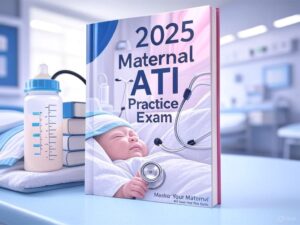
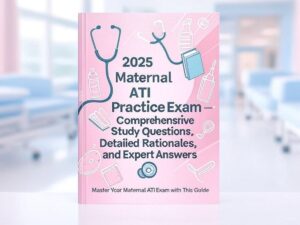



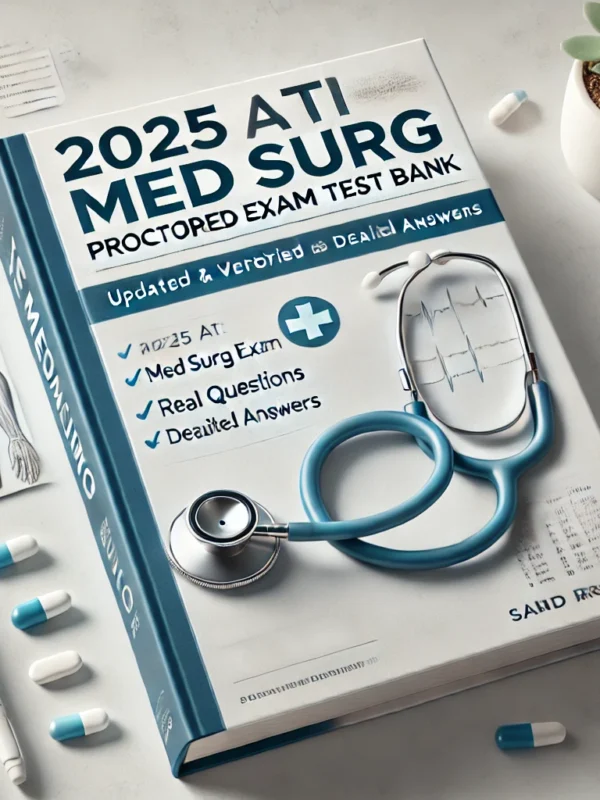


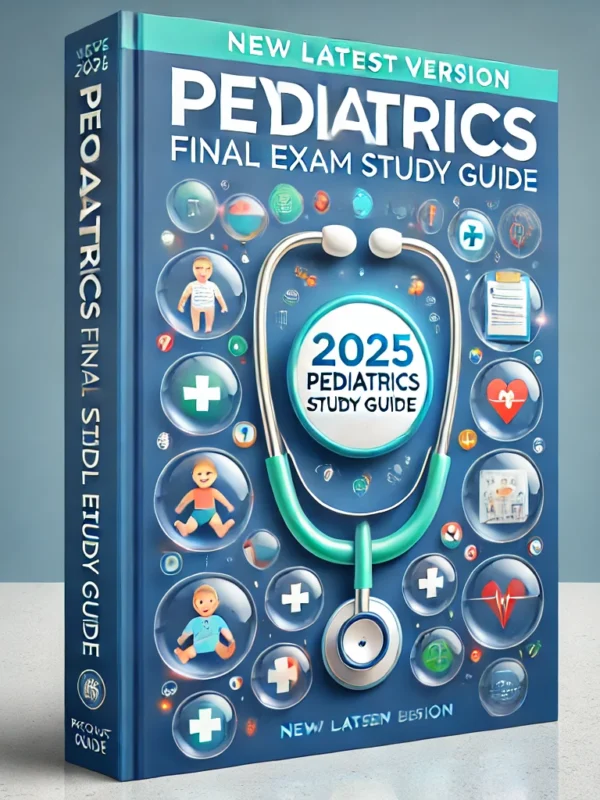
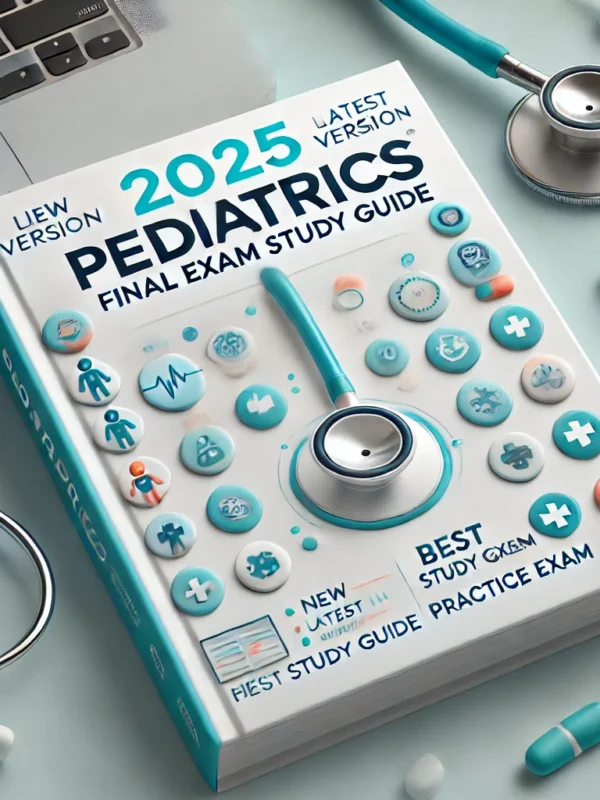


Reviews
There are no reviews yet.